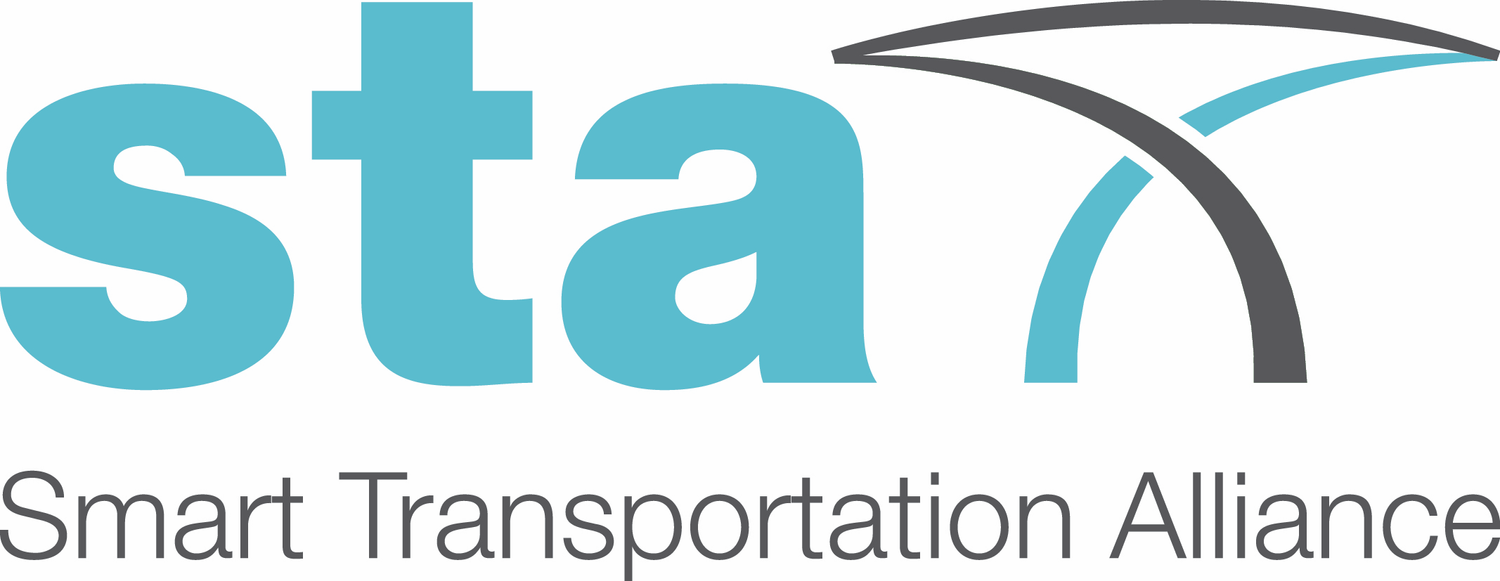
Smart Financing
Decision-makers must make the most of new and existing transportation infrastructure assets.
Transportation investments must also be smart
Today’s global infrastructure demand is estimated at about EUR 3.4 trillion in annual expenditure with a gap – or missed opportunity – of almost EUR 1 trillion every year. To fill this gap, investments must be: i) smart; ii) spread across modalities, and iii) based not only on traffic engineering principles, but also on the needs of users and the spatial and economic characteristics of a given region. In short, making the most from the funds invested.
Prioritising infrastructure projects in a robust and bankable project pipeline, accelerating the project preparation process, and selecting the most adequate project delivery model, are some examples of ingredients for a cost-effective recipe. Streamlining the delivery of construction plans, by means of, for instance, establishing comprehensive digital data documenting the full history of an infrastructure, should be developed and disseminated.
Operations & Maintenance: pursuing the ‘power of one per cent’ approach
Several studies have shown the positive effect of infrastructure on the national economy: depending on the current infrastructure stock, a 1% increase in infrastructure assets boosts gross domestic product (GDP) by 0.05% to 0.25% in the long term.
However, while building new infrastructure assets ranks high on the global agenda, operations and maintenance remain as a pending matter. It is crucial to increase the assets’ productivity and longevity, and therefore, against the backdrop of increasing user demand, constrained financing and an ageing asset base, it is imperative for governments to make the most of their existing infrastructure assets by implementing the most innovative operations and maintenance best practices.
Pursuing the ‘power of one per cent’ can make a dramatic impact, as each percentage point of operations and maintenance optimisation yields more than financial and economic rewards; it will provide social and environmental benefits.
‘Smart’ as a shortcut towards transportation funding
Many public infrastructure and Smart City agencies have outmoded governance structures and procedures, as they are still subject to political influence and weighed down by bureaucracy. Management tools should support project delivery, as well as smart governance tools to analyse the positions of the stakeholders affected, and find integrated solutions.
Sophisticated and innovative procurement should be developed, accompanied by adequate monitoring systems, contracting and tendering methods. Coordination across assets and different levels of national, regional and local government should be secured, as well as implementing capacity building programmes that support both public authorities responsible for the provision of services and transport operators.
Transportation competes with health care, sanitation, education, debt service, and numerous other high-priority areas for public funds, leading to the lack of funds allocated to its purposes. Today it is irrefutable that attracting the private sector will be also fundamental to fill the existing gap –or missed opportunity-.
